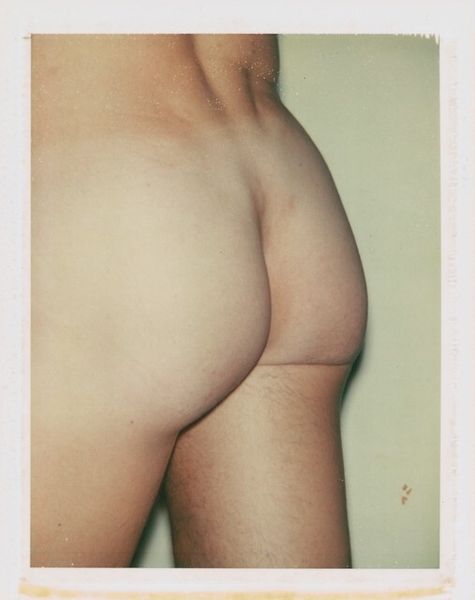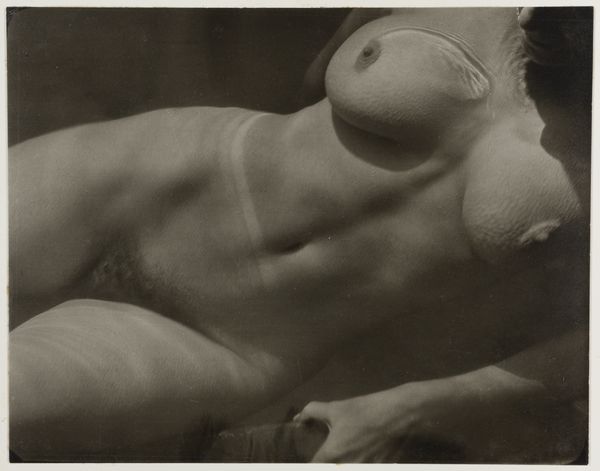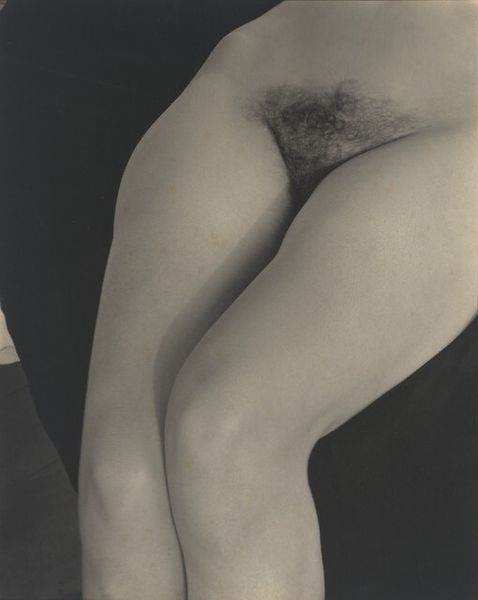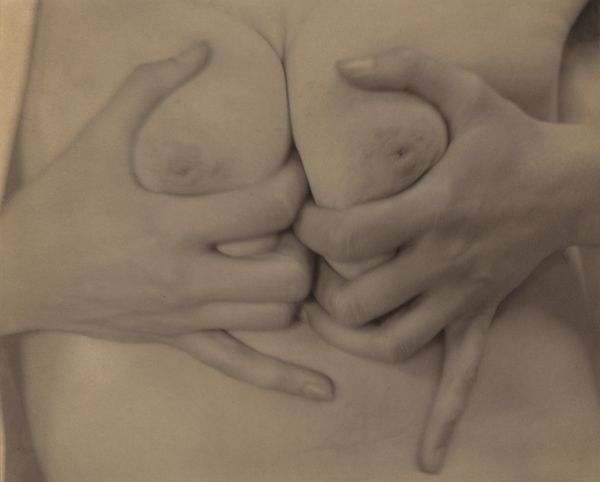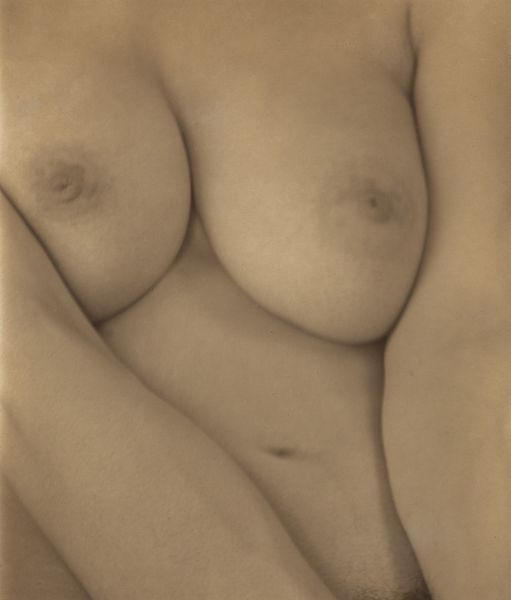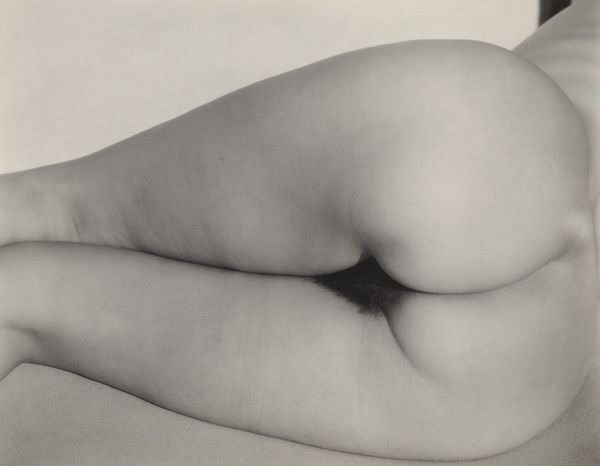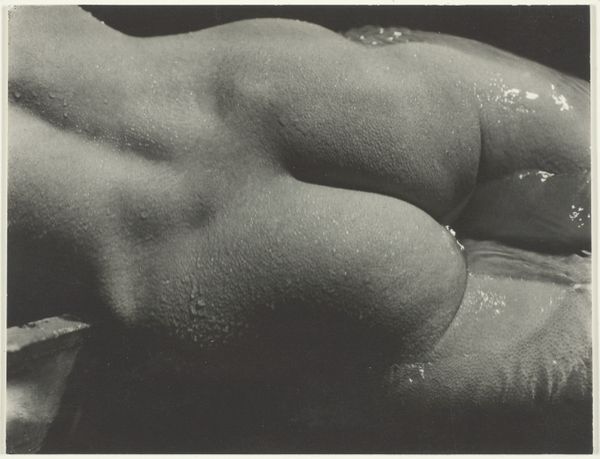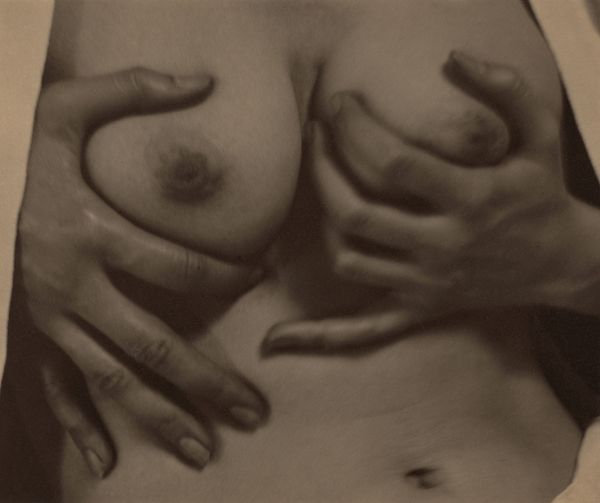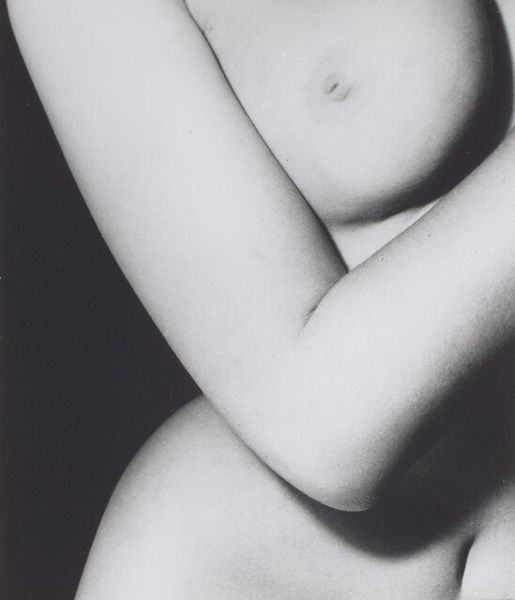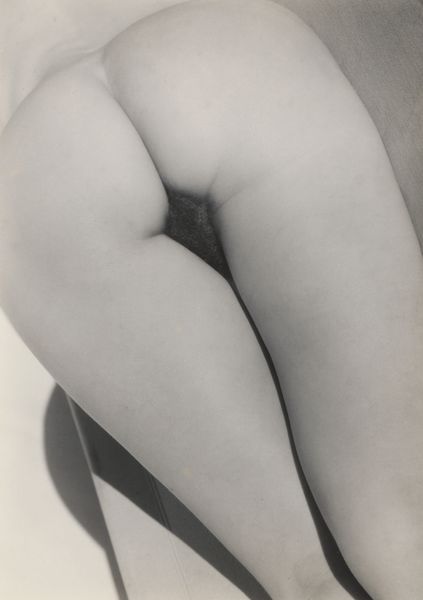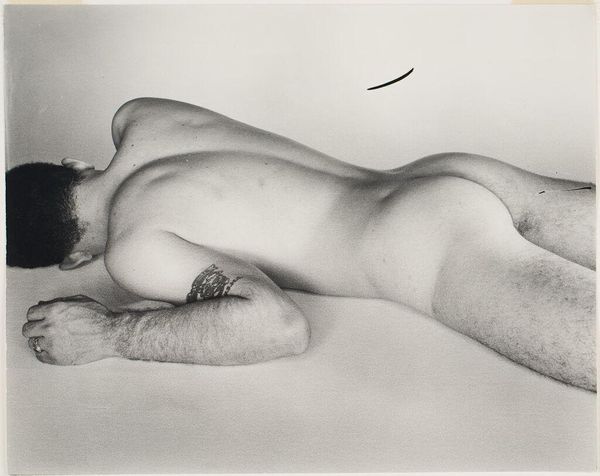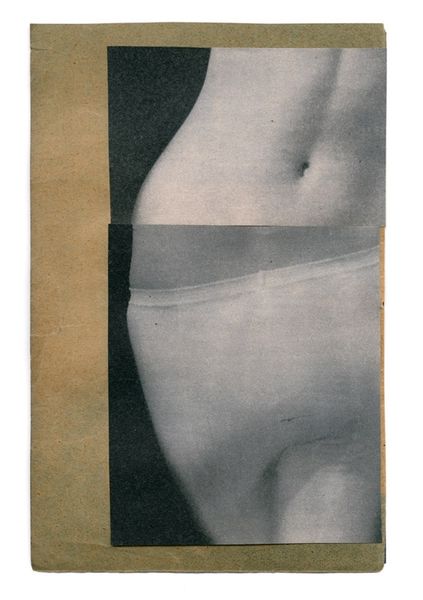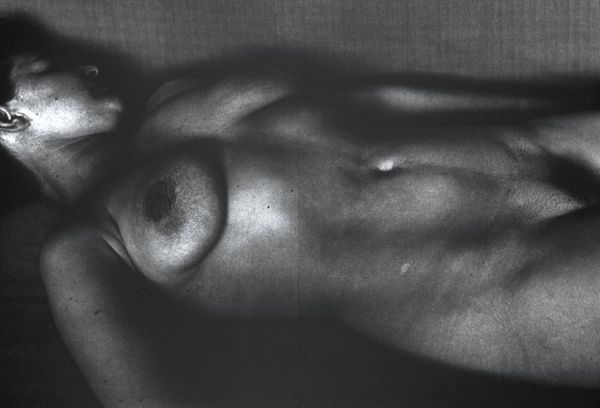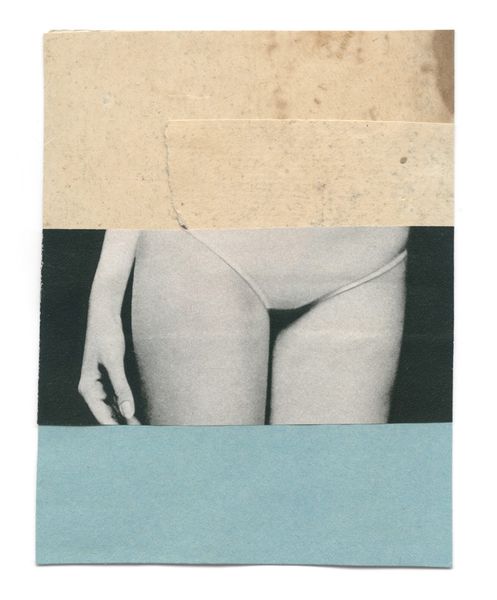
Dimensions: support: 619 x 800 mm frame x 4: 1980 x 880 mm
Copyright: © John Coplans | CC-BY-NC-ND 4.0 DEED, Photo: Tate
Curator: Well, hello there! This is "Self-Portrait (Frieze No. 2, Four Panels)" by John Coplans. He was born in 1920 and passed away in 2003. It is part of the Tate Collections. Editor: Striking... Almost confrontational, yet vulnerable. The fragmentation of the body across the four panels is really interesting. Curator: Coplans was quite interested in challenging conventional notions of beauty and aging. He started this series late in his career, and there is something so powerful about taking ownership of one's form, isn't there? Editor: Absolutely. The institutional frame—presenting it as art—transforms a figure society often overlooks into a statement. Do you think that Coplans was consciously inverting power dynamics? Curator: Oh, I do. It really makes you consider how we look at the body, the gaze of the viewer. Editor: It's a bold move to present oneself with such stark honesty. Curator: Indeed, it's a celebration of aging and the beauty that resides within it. Editor: A perspective that makes you really ponder beauty, doesn't it?
Comments
tate 8 months ago
⋮
http://www.tate.org.uk/art/artworks/coplans-self-portrait-frieze-no-2-four-panels-p78534
Join the conversation
Join millions of artists and users on Artera today and experience the ultimate creative platform.
tate 8 months ago
⋮
Self-Portrait (Frieze No.2 Four Panels) consists of four panels each containing three black and white photographs of the artist’s body arranged in a column. The panels present Coplans’s naked body from the chest to just below the knees. They depict four poses, two viewing the body from behind, one from the side and one from the front. In the back views the artist reaches across his back with one hand and holds the elbow of the other arm. In the side view, his arm is clamped to his side as he grasps his chest. In the front view, his right hand supports his left shin, raising his leg and partially concealing his genitals. At first glance, the work appears as a frieze of standing figures and the three photographs in each panel appear to have been cut from a single image. Closer inspection reveals that the sections are slightly mis-aligned with each other, mainly as a result of subtle differences in scale which the eye initially ignores or compensates for. This has a disjointed effect. Emphasising the body’s fragmentation, it also evokes the freeze-frame motion of the camera moving up and down the body. Tight cropping and the white grid created by the montage result in a claustrophobic feel, as though the artist’s body is being squeezed into a formal structure into which it will not fit. The curves of his belly and buttocks and the bends of his knees and elbows are heightened by their containment within the grid. The medium of the silver gelatin print enhances the graphic qualities of the texture of Coplans’s skin. In focus, dark pores and wiry hairs appear etched; out-of focus they have the quality of a charcoal drawing. Where included in the image, the body’s outlines are softened by the fuzz of body hair. Coplans has commented:
